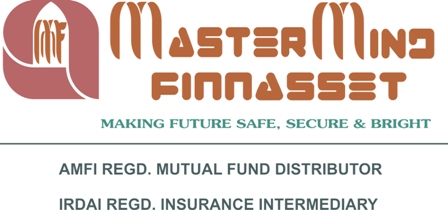Strong dollar continues to take shine off precious metals
Bullion metal prices ended lower for second straight day on Monday, 30 March, 2009. The strong dollar was the main reason for precious metals ending lower.
Generally, a stronger dollar pressures demand for dollar-denominated commodities, such as crude oil and gold, which become more expensive for holders of other currencies and also vice versa.
On Monday, Comex Gold for April delivery fell $7.7 (0.8%) to close at $915.5 an ounce on the New York Mercantile Exchange. Last week, gold ended lower by 3.5%. For the month of February, gold ended higher by 7.4%. For January, 2009, gold had gained 3.9%. Year to date, gold prices are higher by 12.8%.
On 17 March, 2008 prices had skyrocketed to a high of $1,034/ounce. But prices have dropped somewhat (7.9%) since then.
On Monday, Comex silver futures for May delivery fell 23 cents (1.7%) to end at $13.033 an ounce. In February, 2009, silver had rose 4.3% after climbing 14% in January. Year to date, silver has climbed 20% this year. For 2008, silver had lost 24%.
In the currency market on Monday, the dollar moved higher against most major rivals as investors panicked amid fears in the US auto industry.
In 2008, gold prices ended higher by 5.5%. The dollar index had gained 12% that year.
Last year, the weakening dollar and higher global demand for raw materials had led to records for commodities including gold. Gold reached a record in March 2008 as a U.S. housing slump and credit crisis spurred the Federal Reserve to slash borrowing costs. In the last move, the Federal Reserve has cuts its target bank lending rate to 0.25% from 5.25% in September, 2007. The Fed did it in nine steps.
Prior to 2008, gold had witnessed the greatest annual gain in twenty eight years by gaining $200/ounce (31%) in FY 2007 as lower interest rates had sent the dollar tumbling, and crude-oil prices rose to a record. Silver had climbed 16% in FY 2007. In 2006, silver had jumped 46% while gold gained 23%.
At the MCX, gold prices for April delivery closed higher by Rs 21 (0.14%) at Rs 15,121 per 10 grams. Prices rose to a high of Rs 15,321 per 10 grams and fell to a low of Rs 15,030 per 10 grams during the day's trading.
At the MCX, silver prices for May delivery closed Rs 153 (0.7%) lower at Rs 22,025/Kg. Prices opened at Rs 22,215/kg and fell to a low of Rs 21,837/Kg during the day's trading.


